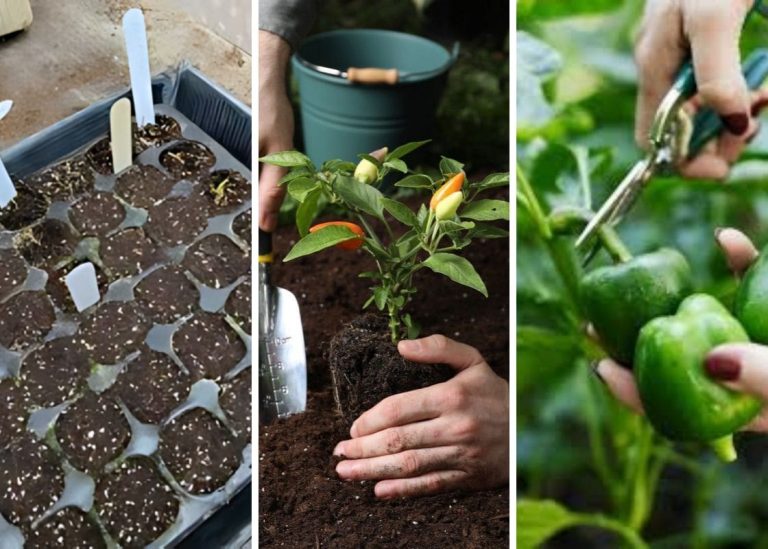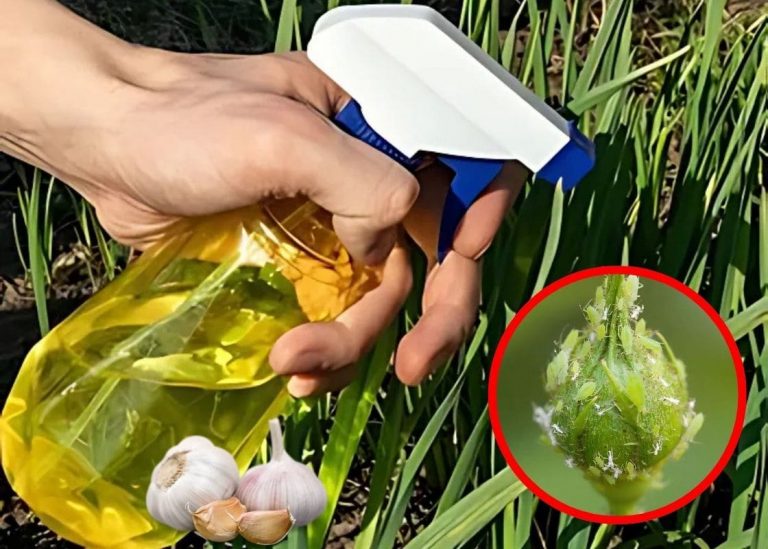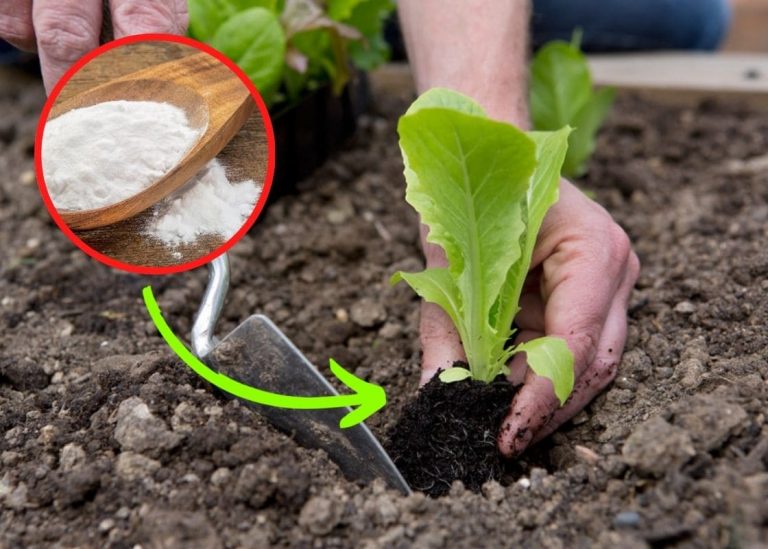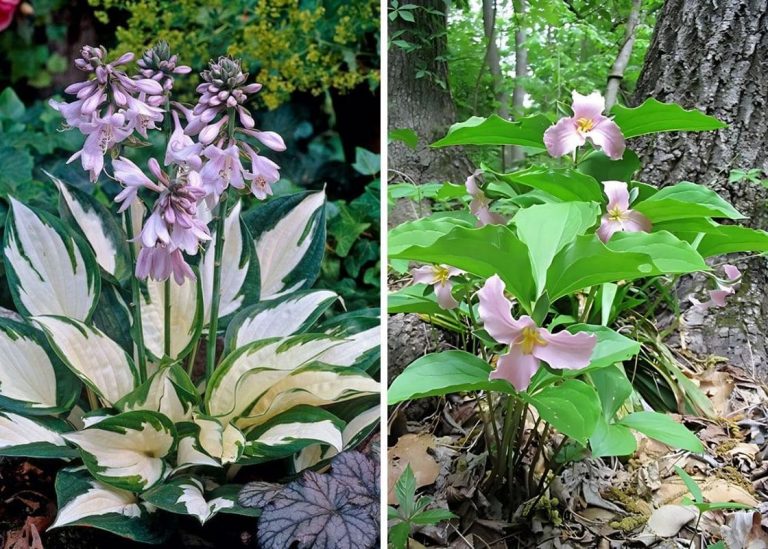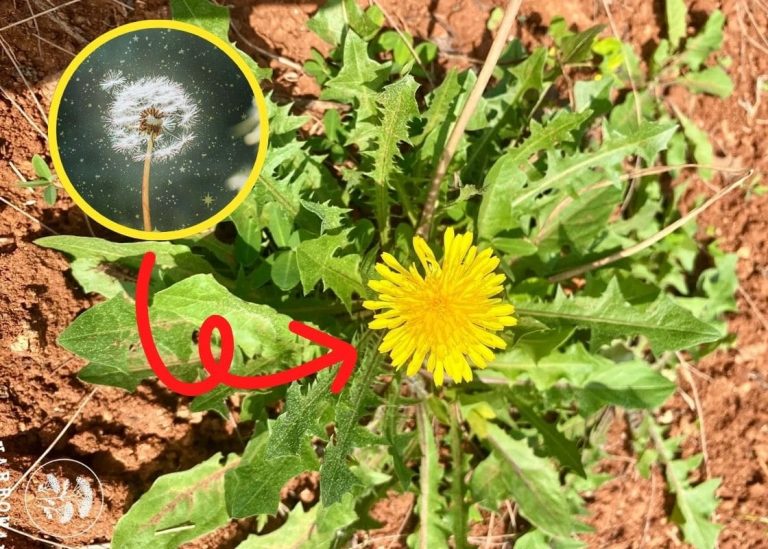The Garden Grows Faster When You Listen – Natural Tips That Work
There was a summer—not too long ago—when I checked my garden every morning with the same question in my heart: “Why isn’t it growing?” I’d planted with hope, watered with care, even whispered encouragement to the soil (don’t laugh, I still do). But day after day, my lettuce stayed tiny, the tomatoes sat still, and the basil seemed unsure whether to bloom or bow out.
I remember sitting cross-legged beside the raised bed one afternoon, holding a limp calendula leaf in my hand, thinking maybe I’d done something wrong. Maybe it was the soil. Maybe it was me.
But that slow season became my greatest teacher. It made me observe more closely, ask better questions, and listen—not just to advice from other gardeners, but to the rhythm of the garden itself. I started changing little things: feeding the soil instead of just feeding the plant, adjusting sunlight, making compost teas. Slowly, it responded. And I learned that natural growth isn’t rushed—it’s invited.
If you’re feeling that same longing—hoping for a little more life, a little more green—this guide is for you. I’ll share what’s worked for me and others, from quiet tricks passed down through generations to gentle science-backed tips that nourish from the root up. Let’s dig in.
1. Feed the Soil, Not Just the Plant
A friend once told me, “Healthy plants are just a reflection of healthy soil.” At the time, I was focused on surface beauty—lush leaves, fast sprouting. But when I started building the soil with care, the difference was undeniable.

Try This:
-
Add compost rich in organic matter—coffee grounds, kitchen scraps, or well-rotted manure.
-
Mulch with straw, bark, or leaves to protect moisture and support microbial life.
-
Sprinkle crushed eggshells and banana peels around heavy feeders like tomatoes.
Healthy soil breathes. It smells sweet and earthy. It gives back more than you give it.
2. Know Your Sun—and Your Shade
One summer, I planted spinach in the hottest, brightest spot of the garden. It bolted in days. Meanwhile, a neglected corner under a peach tree turned out to be the perfect home for shade-loving greens.

Every plant has its rhythm, its preferred dance with sunlight.
How to Maximize Light:
-
Track sunlight through the day before planting (even just using your phone or a notebook).
-
Group plants by light preference—full sun (6–8 hours), partial shade (3–6 hours), full shade (<3 hours).
-
Reflect extra light into shady areas with white-painted stones or a nearby mirror.
Understanding your garden’s light map is like learning its love language.
3. Water Smarter, Not Harder
In my early gardening days, I drowned everything—out of love, of course. But soggy roots can suffocate. Plants need deep drinks, not frequent sips.

The Method:
-
Water deeply and less often, so roots grow strong and deep.
-
Use soaker hoses or drip irrigation to deliver water right to the base.
-
Water in the morning to reduce evaporation and discourage disease.
Bonus tip? Sink a terracotta pot into the soil near thirsty plants—fill it with water, and it’ll slowly seep moisture where it’s needed most.
4. Natural Boosters from the Kitchen
When my grandmother used to rinse out her rice water and pour it into the garden, I didn’t understand why. Now I do. Plants, just like us, love nutrients in gentle, digestible forms.
Natural Growth Elixirs:
-
Compost tea: Steep aged compost in water for 2–3 days, then water your plants with it.
-
Molasses spray: 1 tablespoon in a gallon of water improves microbial activity.
-
Rice water: Full of B vitamins and minerals, great for leafy greens.
These aren’t instant miracles—but they’re steady, kind nourishment.
5. Let Nature Help You (Beneficial Bugs & Companions)
I once had an entire batch of kale saved by ladybugs. I’d almost given up, but nature stepped in with a little army of red-and-black helpers.
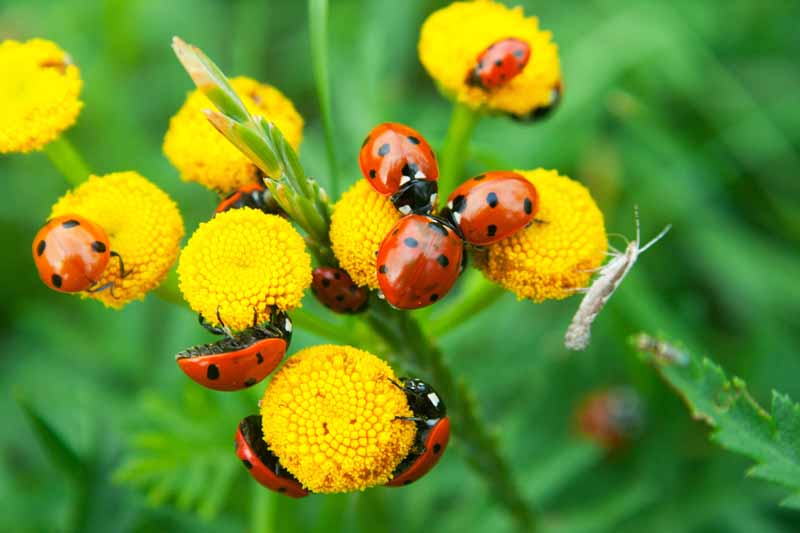
Invite the Right Guests:
-
Grow nectar plants like alyssum, calendula, and yarrow to attract beneficial insects.
-
Plant basil, marigold, or nasturtiums as companions to tomatoes, beans, and cucumbers.
-
Avoid broad-spectrum sprays—trust in balance and observe.
Every creature has a role. Sometimes, the best gardeners don’t have hands—they have wings.
6. Airflow, Spacing, and Breathing Room
A mistake I made (more than once): planting too close together in my excitement. The garden looked full… until mildew and poor air circulation crept in.
Give Your Garden Space:
-
Thin seedlings as they grow—even when it’s hard to let go.
-
Prune lower leaves and tangled stems to increase airflow.
-
Don’t be afraid to transplant mid-season if something’s struggling.
Space isn’t empty—it’s potential.
7. Mulch is a Blanket, a Barrier, and a Buffet
One chilly spring, I tucked straw mulch around my seedlings like a blanket. That year, they grew faster, with fewer weeds and richer color.
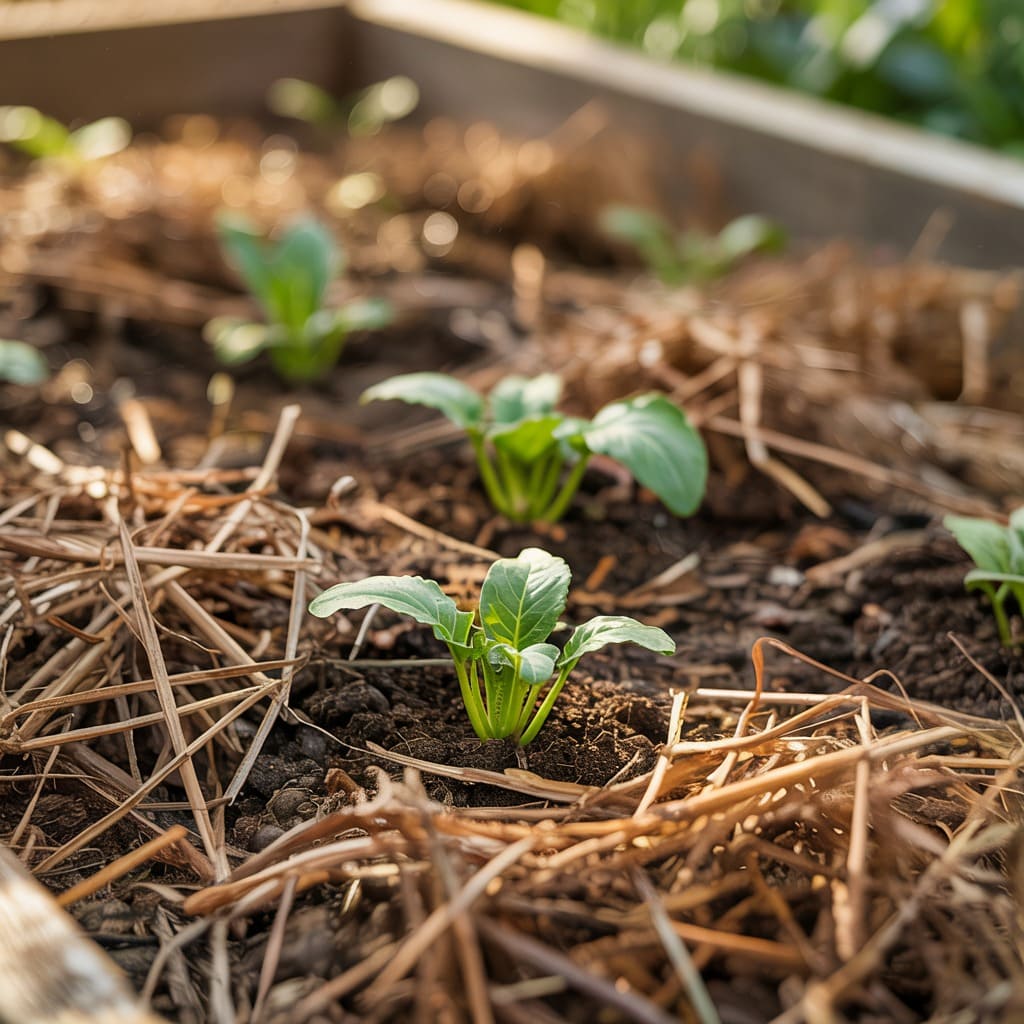
Choose Your Mulch:
-
Straw or grass clippings (for vegetables)
-
Shredded bark (around perennials and trees)
-
Cocoa hulls or composted leaves (for flower beds)
Mulch keeps the soil cool, moist, and busy with life underneath.
8. Listen to the Moon, the Season, and Yourself
A neighbor swore by moon planting—root crops during the waning moon, leafy greens in waxing. I haven’t fully mastered it, but I’ve come to respect rhythm: the way plants pulse with season, weather, and care.
And yes, sometimes I still talk to them.
Tune In By:
-
Journaling your planting dates and observing results.
-
Trying a lunar planting calendar for fun and reflection.
-
Not rushing—growth is quiet, gentle, and often invisible until it isn’t.
Your garden is a mirror. It grows when you grow, too.
Final Thoughts: Growth Takes Time—and Love

The truth? No one has a perfect garden. We all have slow patches, stubborn plants, and weeks when nothing seems to happen. But if you keep showing up—with compost, with water, with kindness—it responds. Not always fast, but always true.
So if your garden feels stuck, don’t lose heart. Maybe it just needs a small change. Or a little time. Or you, sitting nearby, saying “You’ve got this.”
I’d love to know—what’s your go-to trick for natural garden growth? Drop it in the comments or share your garden story with me. Let’s keep growing—together.


